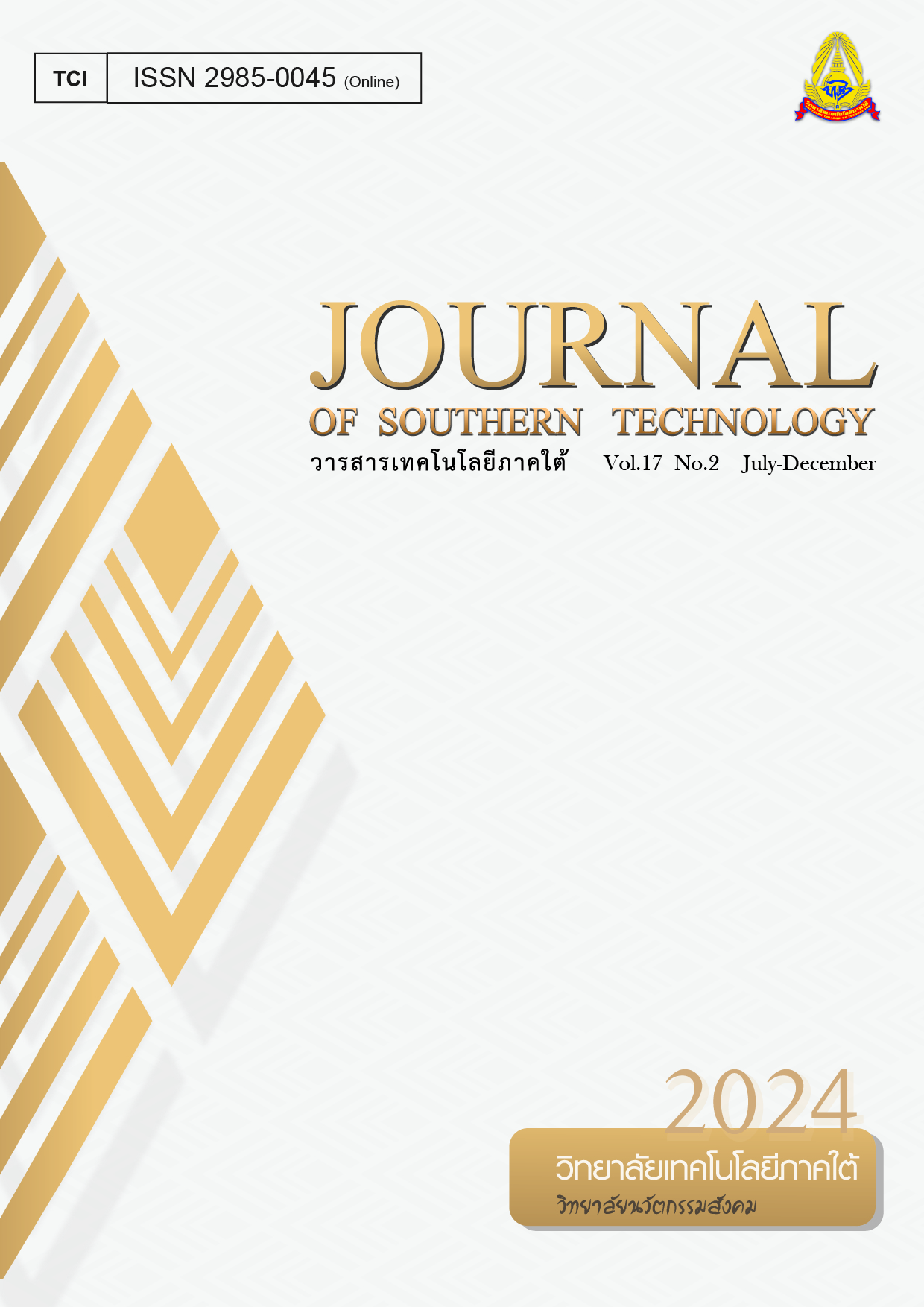Integrated Marketing Communication for Agricultural Tourism using the Brand Archetypes: A Case Study of Phato District, Chumphon Province
Main Article Content
Abstract
Agritourism plays a significant role in the tourism industry. However, the challenge has been the lack of integrated marketing communication (IMC) that can effectively represent the unique identity and local brands of agritourism. These brands are created to improve tourism business by allowing tourists to be aware of, recognize, experience them emotionally and psychologically. The researcher is interested in studying the creation of IMC for agricultural tourism using the brand archetypes, with Phato District, Chumphon Province as a case study. The district was selected for its interesting community enterprise group in charge of promoting fruit quality, natural environment, strong agricultural culture, and fame on agricultural tourism. Data were collected from document sources, and semi-structured interviews were used to supplement the document data. Content analysis, critical and thematic analysis were applied. Findings revealed that creating IMC to convey the brand archetypes of agricultural tourism in the area should involve a more analytical approach. This requires delving deep into information related to local agricultural culture that allows a close connection between the brands and consumers. Only then, the brand personality can be conveyed to foster brand recognition, repeat purchases, and long-term sustainability in agritourism.
Article Details

This work is licensed under a Creative Commons Attribution-NonCommercial-NoDerivatives 4.0 International License.
-
Authors must agree to the journal publication rules and allow the editors to edit the manuscripts for publication.
-
Author’s right belongs to the author but Journal of Southern Technology holds the right of first publication and thus allow readers to use the article for the purpose of education but not commercial.
References
Arroyo, G. C., & Barbieri, C., & Rich, R. S. (2013). Defining agritourism: a comparative study of stakeholders’perceptions in Missouri and North Carolina. Tourism Management, 37, 39-47.
Ammirato, S., Felicetti, M. A., Rasso, C., Pansera, A.B., & Violi, A. (2020). Agritourism and sustainability: what we can learn from a systematic literature review. Sustainability, 12, 1-18.
Aref, F. (2011). Farmers’ participation in agricultural development: The case of Fars Province, Iran. Indian Journal of Science and Technology, 4(2), 155-158.
Barbieri, C. (2012). Assessing the sustainability of agritourism in the US: a comparison between agritourism and other farm entrepreneurial ventures. Journal of Sustainable Tourism, 21(2), 252-270.
Bechter, C., Farinelli, G., Daniel, D. R., & Frey, M. (2016). Advertising between archetype and brand personality. Administrative sciences, 6(5), 2-11.
Camilleri, M. A. (2018). Integrated marketing communications. In travel marketing, Tourism economics and the airline product (Chapter 5 pp. 85-103). Cham, Switzerland: Springer Nature.
Chen, Y., Shang, R., & Li, M. (2014). The effects of perceived relevance of travel blogs’ content on the behavioral intention to visit a tourist destination. Computers in Human Behavior, 30, 787-799.
Custom Online Map. (n.d.). Retrieved January 16, 2024, from http://chumphon.custom.go.th
Department of Tourism, Ministry of Tourism & Sport. (2020). Seminars to Upgrade Tourist Attractions to be Safe Tourism Areas (Safety Zone) to Prepare for the Opening of the country for Tourists. Retrieved June 9 2021, from https://www.mots.go.th.
Department of Tourism, Ministry of Tourism & Sport. (2023). Annual Report. Retrieved March 27, 2023, from https://www.tat.or.th/th/. [in Thai]
Kitchen, F. P., & Burgmann, I. (2010). Integrated Marketing Communication. Wiley International Encyclopedia of Marketing, John Wiley & Sons Ltd.
Ross, G.F. (1994). The Psychology of Tourism. Melbourne: Melbourne Hospitality Press, ISBN 1-86250-445-8.
Sethi, T., Goriya, A., & Singh, P. (2014). Integrated marketing communication: theory, challenges and barriers. International Research Journal of Management Sociology & Humanities, 5(11), 255-267.
Šimková, E. (2014). Psychology and its application in tourism. Procedia -Social and Behavioral Sciences, 114, 317-321.
Siraj, S., & Kumari, S. (2011). Archetyping the brand: strategy to connect. The IUP Journal of Brand Management, VIII (3), 47-59.
Strnadova, V. (2011). Interpersonal communication. Hradee Kra’love’: Gaudeamus, ISBN 978-80-7435-157-0.
Tew, C., & Barbieri, C. (2012). The perceived benefits of agritourism: The provider’s perspective. Tourism Management, 33, 215-224.
Xara-Brasil, D., Hamza, M. K., & Marquina, P. (2018). The meaning of a brand? An archetypal approach. Revista de Gestio, 25(2), 142-159.
Zhou, S., Yan, Q., & Yan, M. (2019). Tourists’ emotional change and eWOM behavior on social media and integrated tourism websites. International Journal of Tourism Research, 22(5), 1-15.

